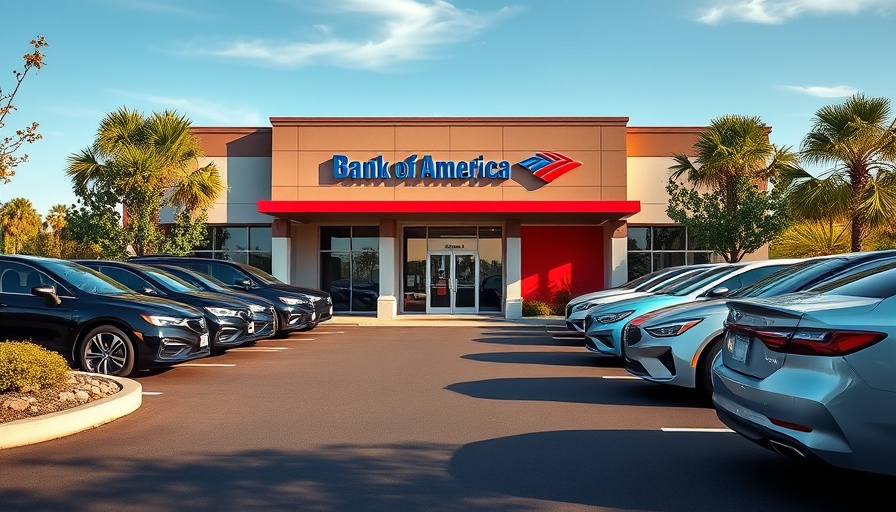
A New Era for Towables: Tax Deduction Updates
The introduction of the "One Big Beautiful Bill" marks a monumental shift for towable vehicles in the RV industry. Traditionally, tax deductions for floorplan loans were available mainly for motorized RVs, leaving out the majority market comprised of towables. With around 80% of RV shipments categorized as towables, this legislative change ensures that a significant segment of the industry benefits from the same financial advantages as their motorized counterparts.
Understanding Floorplan Loan Deductions
Floorplan loans are essential for dealerships as they allow them to finance their inventory. Traditionally used for new cars, the extension of this tax deduction to include towable RVs expands financial opportunities for car dealerships, enhancing cash flow and encouraging the growth of inventory. This is critical for maintaining competitiveness in an evolving automotive landscape. Dealerships can utilize these financial tools more effectively, potentially leading to a diversified inventory that includes a range of used cars as well.
The Impact on Towable RV Sales
With tax incentives aligning with financing solutions, the towable market is expected to thrive. Dealership owners can anticipate an increase in sales as consumers seek affordable options. The legislation fosters an environment encouraging dealership owners to stock more towable RVs, which not only satisfies consumer demand but can also enhance overall profitability for dealerships. By taking advantage of this tax deduction, dealerships can invest in a diverse selection of products, ranging from low-cost used cars to premium towable RVs.
Why This Matters to Car Dealerships
The extended tax deductions come at a crucial time when the automotive market is shifting, with many consumers veering towards cost-effective options for travel and leisure. By incorporating towables into their offerings, dealerships can diversify their inventory. This decision may also lead to improved customer satisfaction as buyers have more options at their disposal. Additionally, it opens up conversations around financing for those seeking alternative experiences, such as camping or road trips.
Riding the Wave of Change
As this legislative change unfolds, dealership owners should be proactive in understanding the benefits of the new tax deductions. Engaging in strategic planning and implementing marketing strategies for towables not only prepares them for imminent changes in consumer preferences but also solidifies their market position in an ever-competitive landscape. This proactive approach could also aid in managing vehicle relationships, creating a sustainable ecosystem for used car sales and trade-ins in tandem with the growing towable market.
Overall, the "One Big Beautiful Bill" represents an important step in recognizing and valuing towable RVs, which could lead to increased sales and profitability for car dealerships nationwide. To harness these opportunities, dealerships must remain informed about policy changes and adapt their business strategies accordingly.
 Add Row
Add Row  Add
Add 




Write A Comment